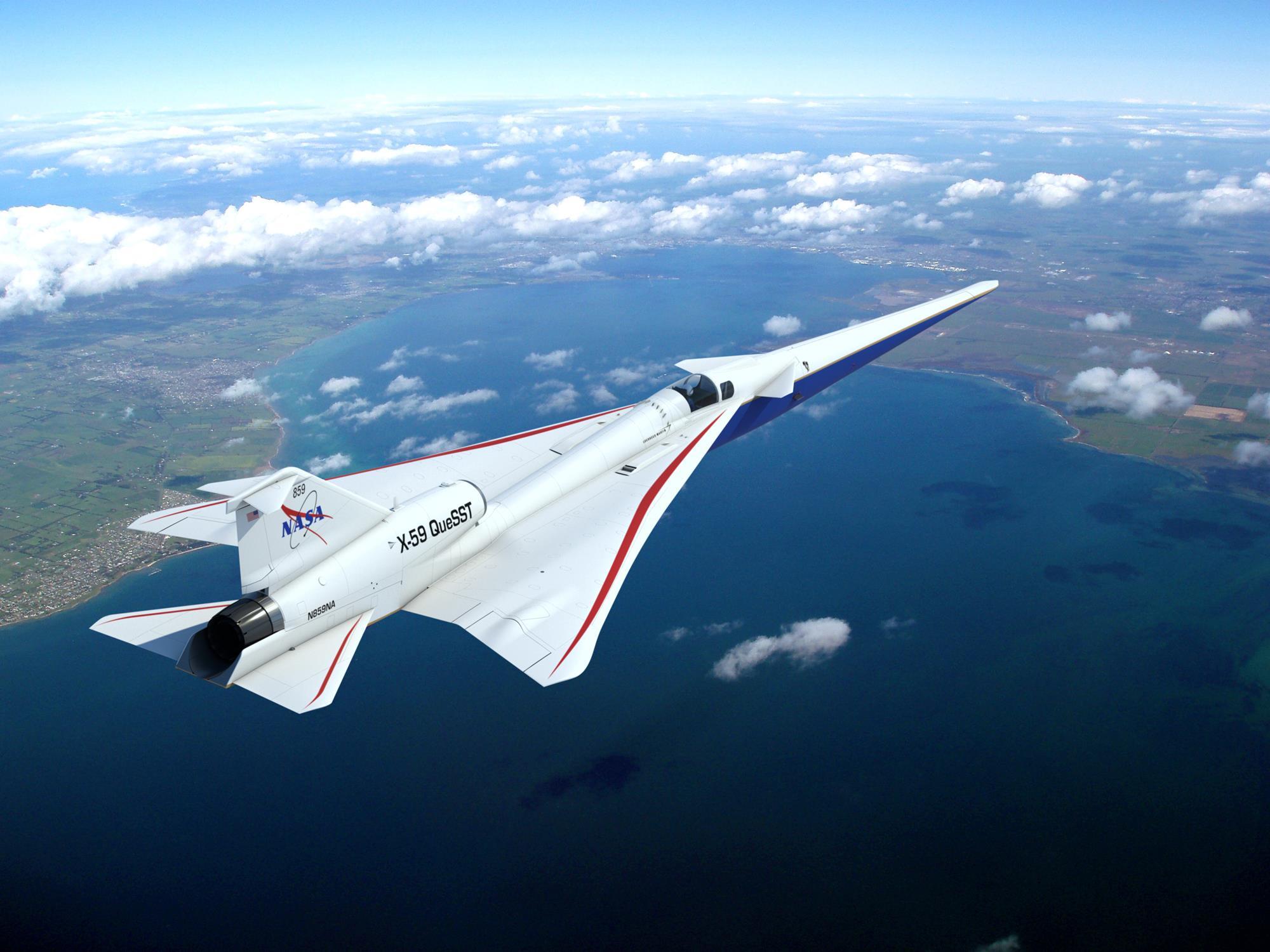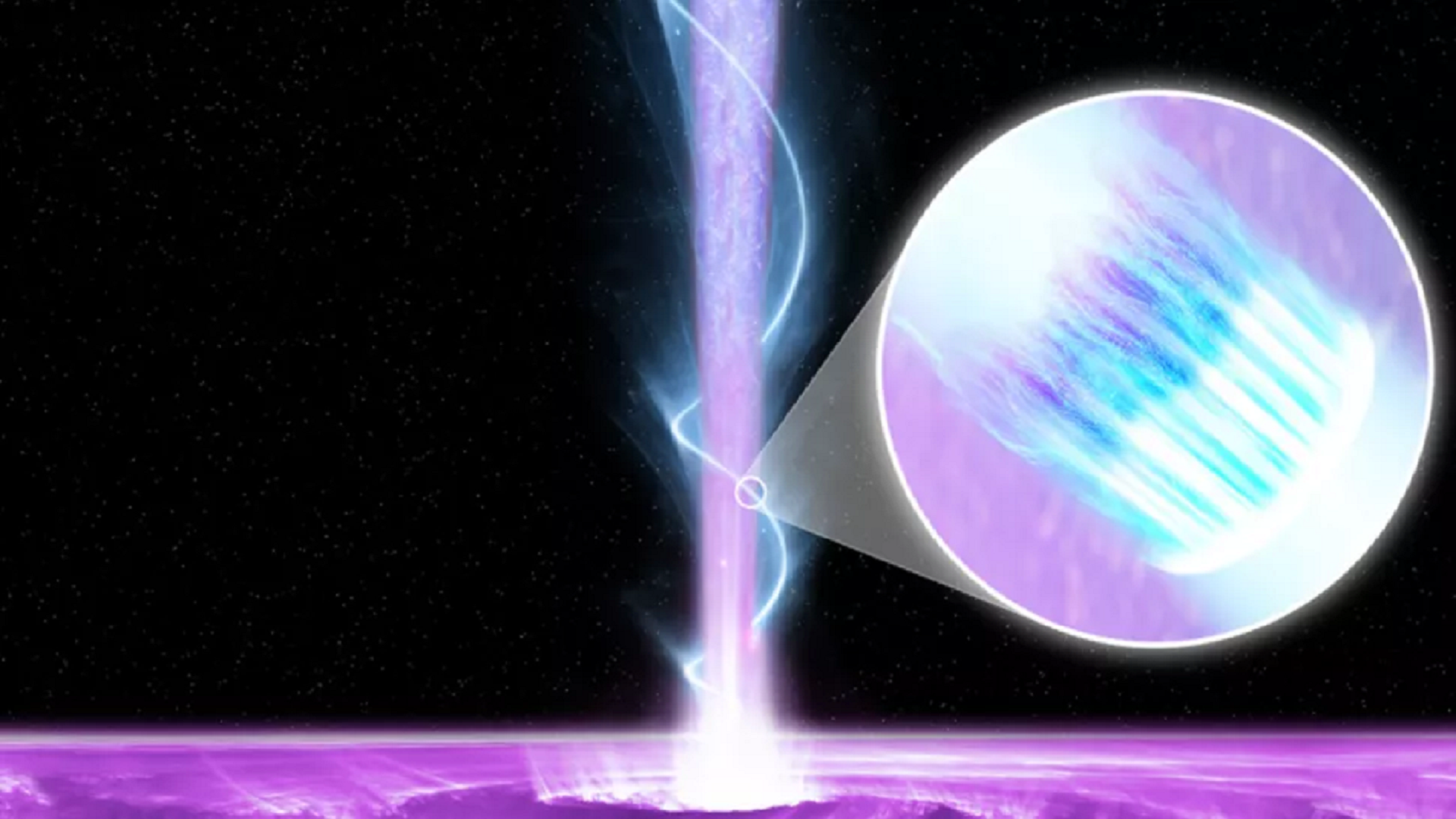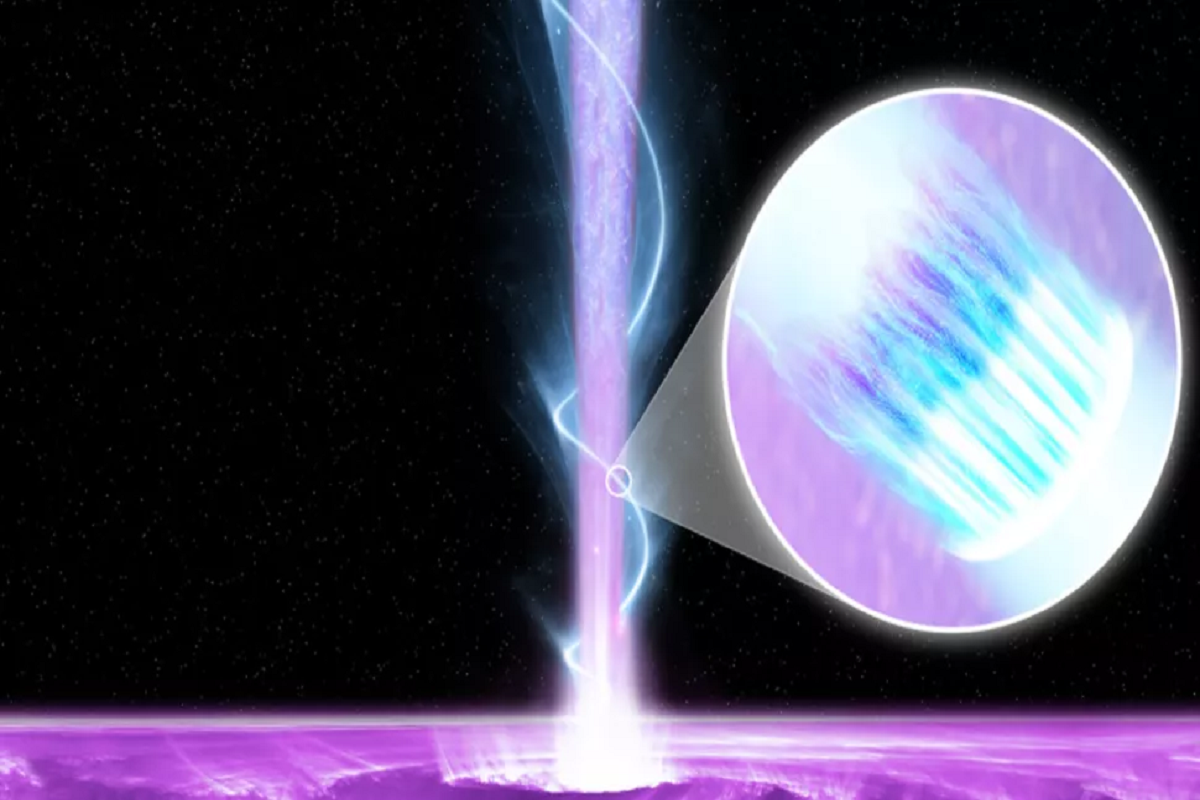Holding your breath for five seconds might not seem hard. You might think surviving without oxygen for a short time is okay. But imagine a world without oxygen for just five seconds – it would be catastrophic.

Dams built on rivers would crumble, and structures made with cement wouldn’t last. That’s because oxygen is crucial to hold cement together; without it, cement can’t bond.
Metals would start to mix uncontrollably. Usually, metals don’t mix because of limited oxygen. Take away that oxygen, and you have a recipe for disaster. Without oxygen, human and animal bodies would burn under sunlight.
The air pressure would drop by 21 percent. Our ears have sensitive cartilage that’s affected by air pressure changes. If the air pressure varies too quickly, it can harm the eardrum.
Fire needs oxygen to burn. Without oxygen, fires all over the world would go out. Car engines would stall, and non-electrical appliances would stop working.
Planes would crash to the ground. The absence of oxygen would reduce light scattering, turning the sky black. The Earth’s crust might crumble since a significant part of it is made of oxygen.
Algae and other plants on Earth and in the oceans play a crucial role in cleaning the air. There’s usually enough oxygen for all of Earth’s processes to work properly. However, human activities harm the environment, and we need to prevent further damage.




